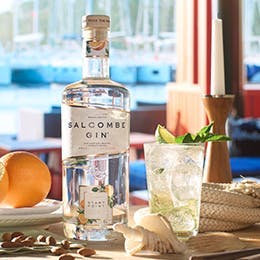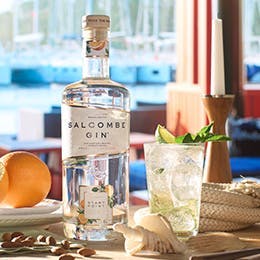Total flexibility, no commitment
A world of unique, crafted gins
Easy, free and reliable delivery
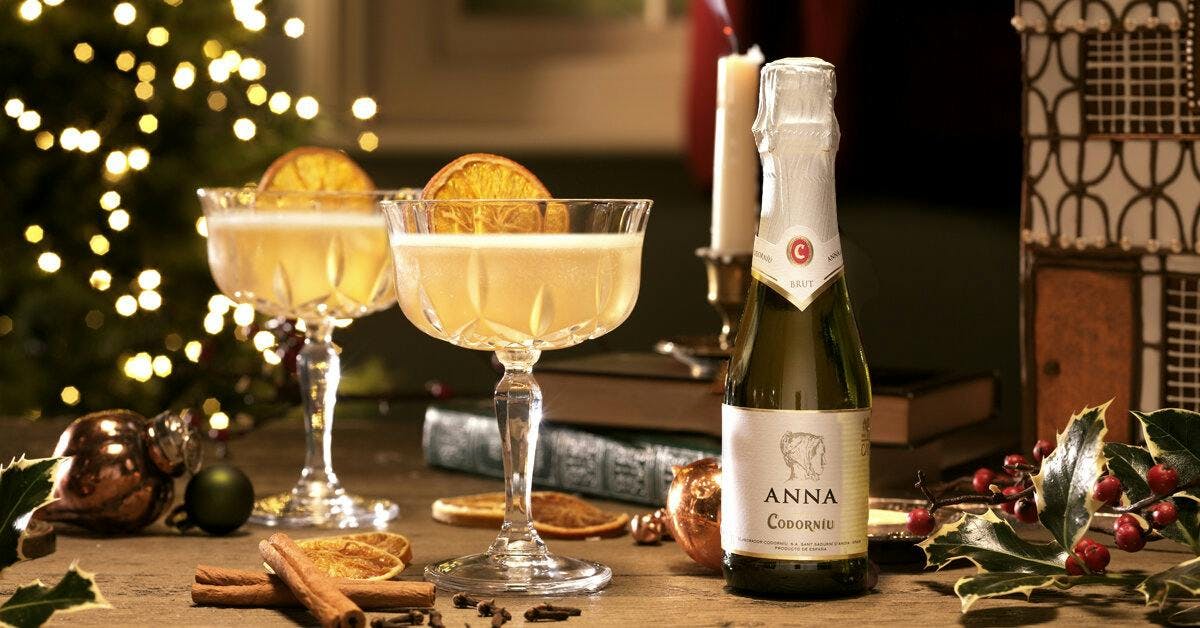
Five festive fizzy facts!
You can’t celebrate Christmas with some sparkles, and no, we’re not talking about the ones on your tree, we’re talking about the ones in your glass!
December’s Gin of the Month box included the delicious Anna Codorniu Cava Brut, which also featured in the festive cocktail of the month, Cratchit’s Christmas fizz. Watch how to make this sparkling stunner and find out why the bubbles in December’s box are better on the pallet AND wallet than champagne this year!
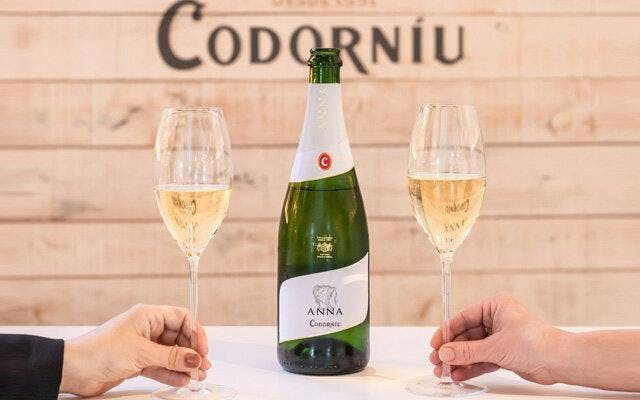
It’s JUST like champagne - without the price tag!
Unlike Prosecco, which is fermented in giant metal vats, Cava’s winemaking and aging process takes place entirely in the bottle, where bubbles form naturally.
Anna de Codorníu Brut Cava is made and aged for nine months using the traditional méthode champenoise, which the French use to make Champagne of the very highest quality.
Grapes are picked by moonlight…
Harvest for the chardonnay grapes in Anna Codorníu Cava takes place in mid-August, and is always carried out at night, to keep the grapes as fresh and aromatic as possible.
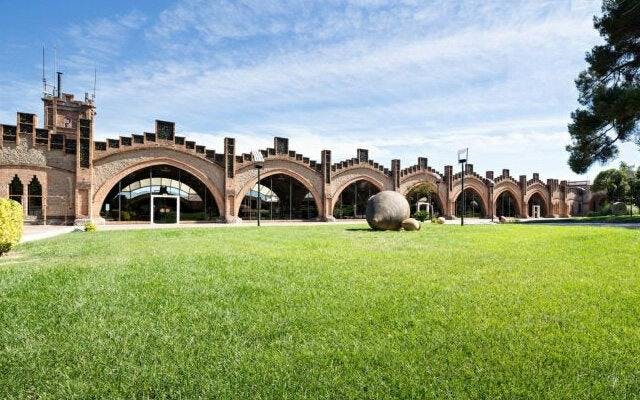
There’s a cava for everyone!
The Anna Codorníu Cava in December’s Gin of the Month box is a Brut, however cava has levels of sweetness to it: Brut Nature is the driest, having zero to three grams of sugar per bottle. From there they increase in sweetness: Brut, Extra Dry, Dry, Semi Dry and finally, sweet.
It used to be called Champagne…
Up until 1970, cava was called “Spanish Champagne”. But due to E.U. regulations, no area outside of Champagne, France can use that term, requiring Spain to change the name to cava.
Cava can only be produced in certain areas of Spain...
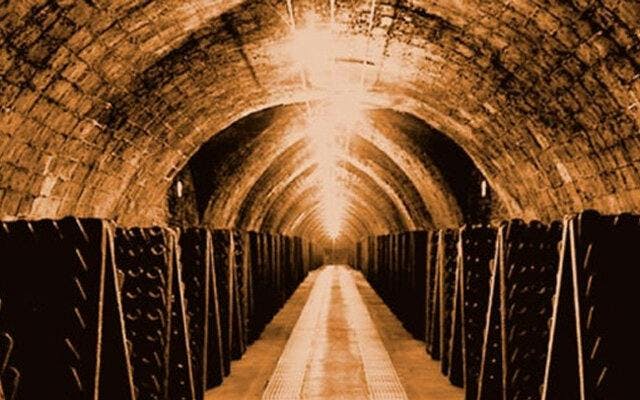
Cava has its own Denominacion de Origin dictating where the sparkler can be produced. Established in 1959, it is unique in that it covers eight geographic areas across Spain. However the vast majority of Cava is produced in Catalonia’s Penedès region, which accounts for about 95% of production. Production centres on the town of Sant Sadurní d’Anoia, near Barcelona where the region’s biggest producer is Codorníu.
